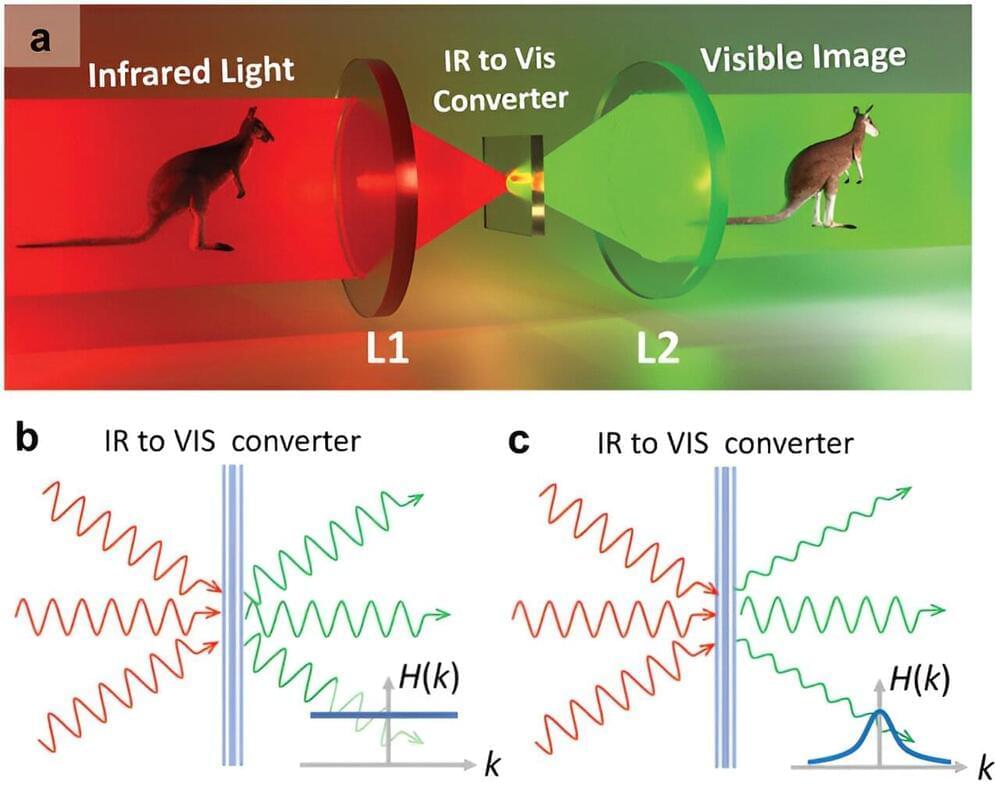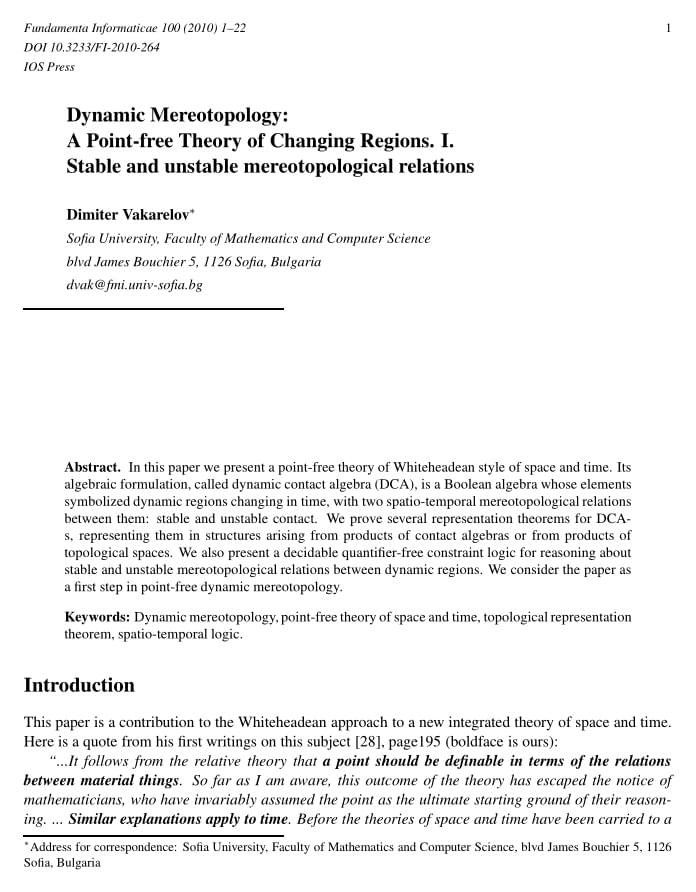Experiments comparing neutron-rich cadmium with previous data on a neutron-poor version prove that a key parameter in nuclear calculations depends on the neutron-to-proton ratio.


The Transforming AI panel from GTC 2024 features the authors of “Attention Is All You Need,” the groundbreaking paper that introduced the transformer neural network architecture. Transformers have since dominated all areas of AI, revolutionizing the industry. The discussion covers the following topics: ▫️ The development and impact of the Transformer model. ▫️ The evolution of computing and its democratization. ▫️ The future of AI technology and its potential applications. ▫️ The role of accelerated computing. ▫️ The potential for AI to revolutionize various industries. ▫️ The need for new data and learning techniques in AI development. Feature panel host: ▫️ Jensen Huang, Founder and Chief Executive Officer, NVIDIA Panelists: ▫️ Ashish Vaswani, Co-Founder and CEO, Essential AI ▫️ Noam Shazeer, Chief Executive Officer and Co-Founder, Character. AI ▫️ Jakob Uszkoreit, Co-Founder and Chief Executive Officer, Inceptive ▫️ Llion Jones, Co-Founder and Chief Technology Officer, Sakana AI ▫️ Aidan Gomez, Co-Founder and Chief Executive Officer, Cohere ▫️ Lukasz Kaiser, Member of Technical Staff, OpenAI ▫️ Illia Polosukhin, Co-Founder, NEAR Protocol Explore more GTC 2024 sessions like this on NVIDIA On-Demand: https://nvda.ws/3U33qo Read and subscribe to the NVIDIA Technical Blog: https://nvda.ws/3XHae9F 00:00 Introduction 11:00 Panelist Discussion #GTC24 #NVIDIA #GTC #AI #GenAI #Generative AI #Transformers #FutureOfAI

The author and National Geographic fellow shared on Instagram that “gardening is much better than joining any gym”
The explorer and educator, 63, dubbed the outdoor activity as “the best longevity exercise you could do”
Buettner has become well known for his research into five “blue” zones across the world where inhabitants regularly live well into their old age.
The AI Factory is revolutionizing the industry by creating a new commodity of extraordinary value through the development of NIMS, which has the ability to generate language models, pre-trained models, and digital humans for various applications Questions to inspire discussion What is the impact of ChatGPT on generative AI?


Miniaturizing night vision could therefore lead to widespread adoption. Creating night vision filters that weigh less than a gram and can sit as a film across a pair of traditional spectacles opens up new, everyday applications.
Consumer night vision glasses that allow the user to see the visible and infrared spectrum at the same time could result in safer driving in the dark, safer nighttime walks, and less hassle working in low-light conditions that currently require bulky and often uncomfortable headlamps.
In research published in Advanced Materials, TMOS researchers from the Australian National University demonstrate enhanced infrared vision non-linear upconversion technology using a non-local lithium niobate metasurface.


Share your videos with friends, family, and the world.

It sure looks like other philosophers are using the Stone duality in ways that are a lot more sophisticated than my own way!
Abstract In this paper we present a point-free theory of Whiteheadean style of space and time.
In this paper we present a point-free theory of Whiteheadean style of space and time. Its algebraic formulation, called dynamic contact algebra (DCA), is a Boolean algebra whose elements symbolized dynamic regions changing in time, with two spatio-temporal mereotopological relations between them: stable and unstable contact. We prove several representation theorems for DCAs, representing them in structures arising from products of contact algebras or from products of topological spaces. We also present a decidable quantifier-free constraint logic for reasoning about stable and unstable mereotopological relations between dynamic regions. We consider the paper as a first step in point-free dynamic mereotopology.